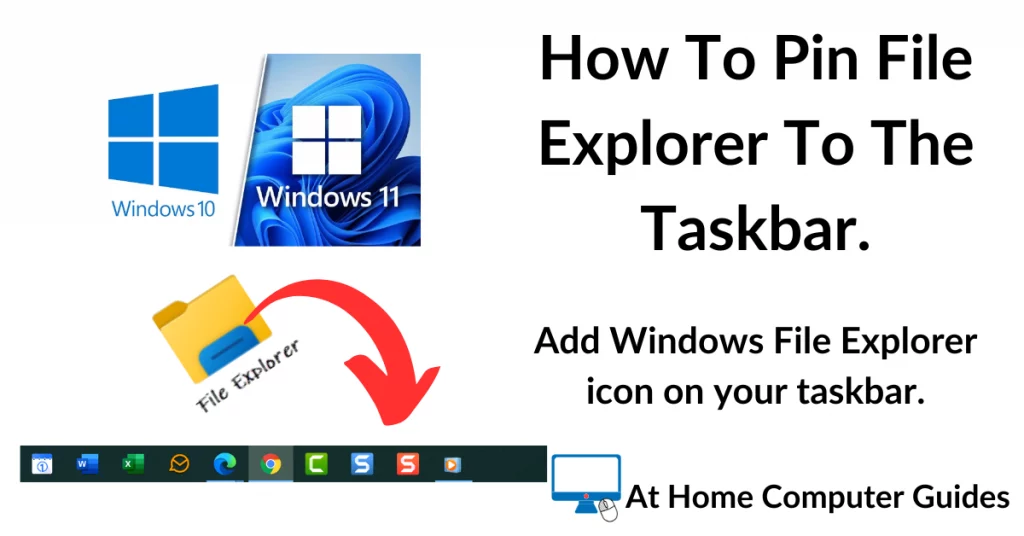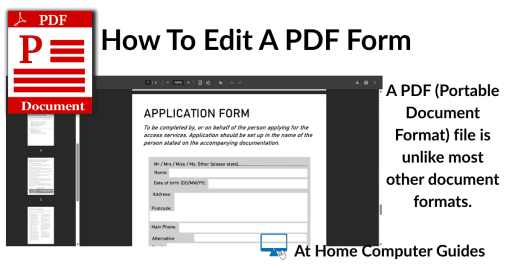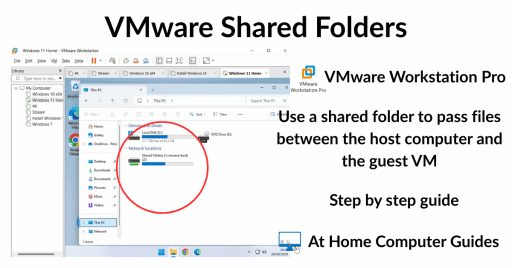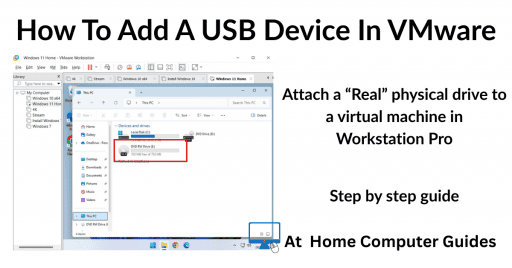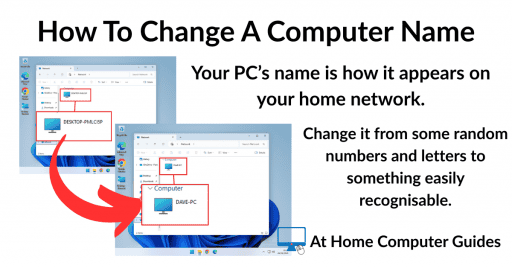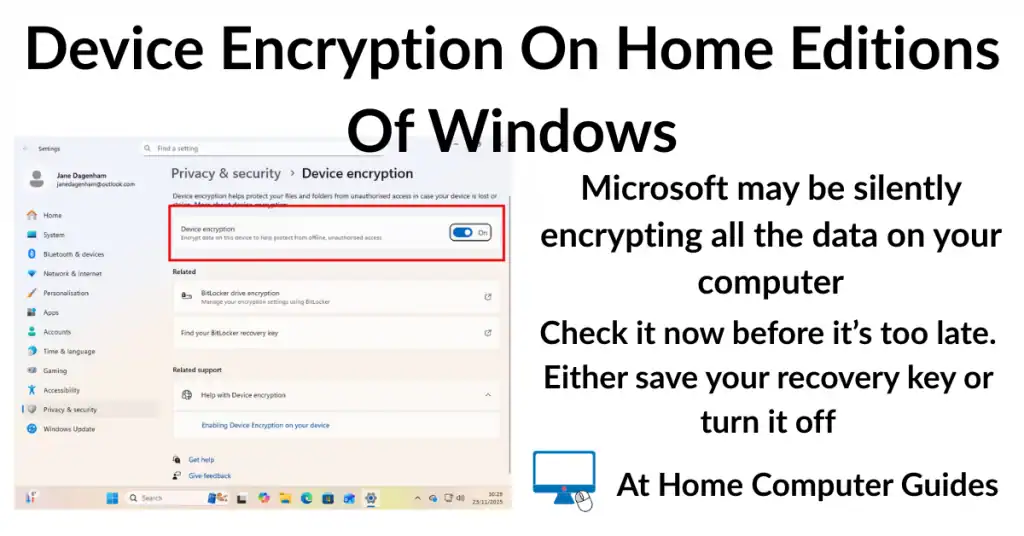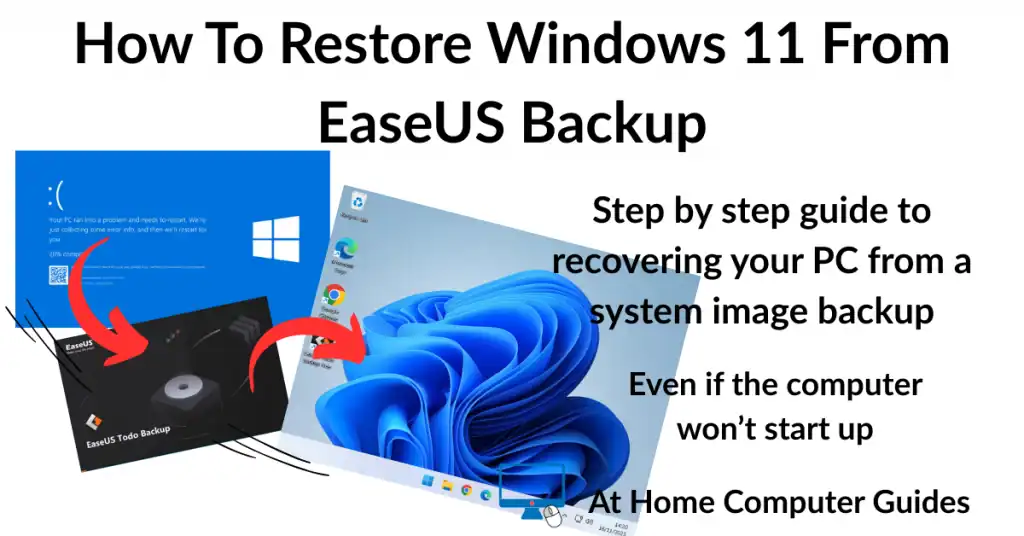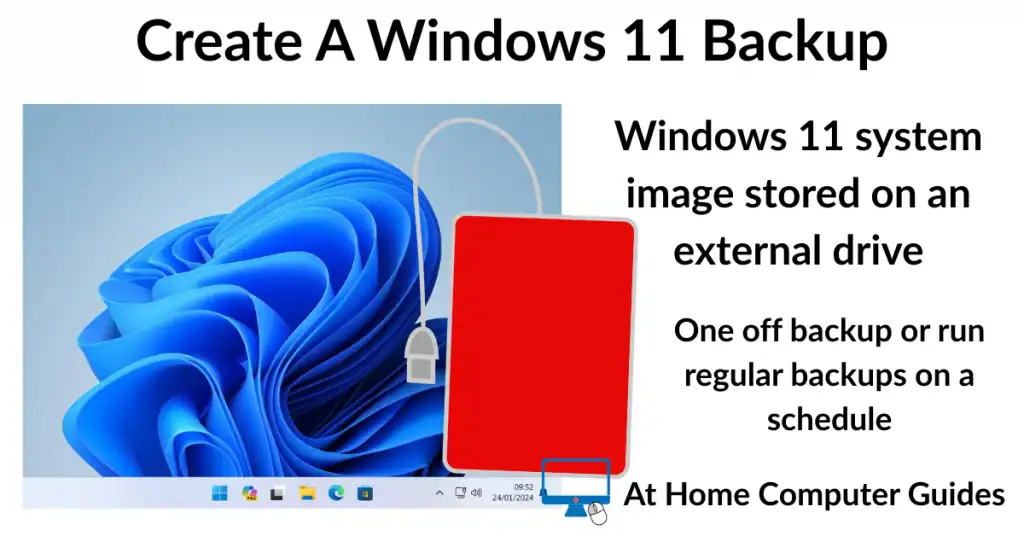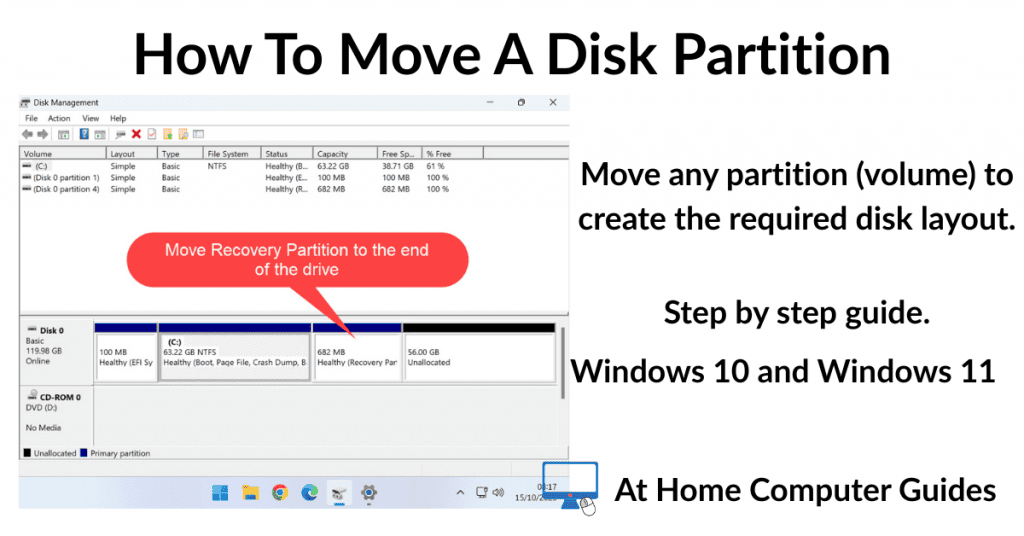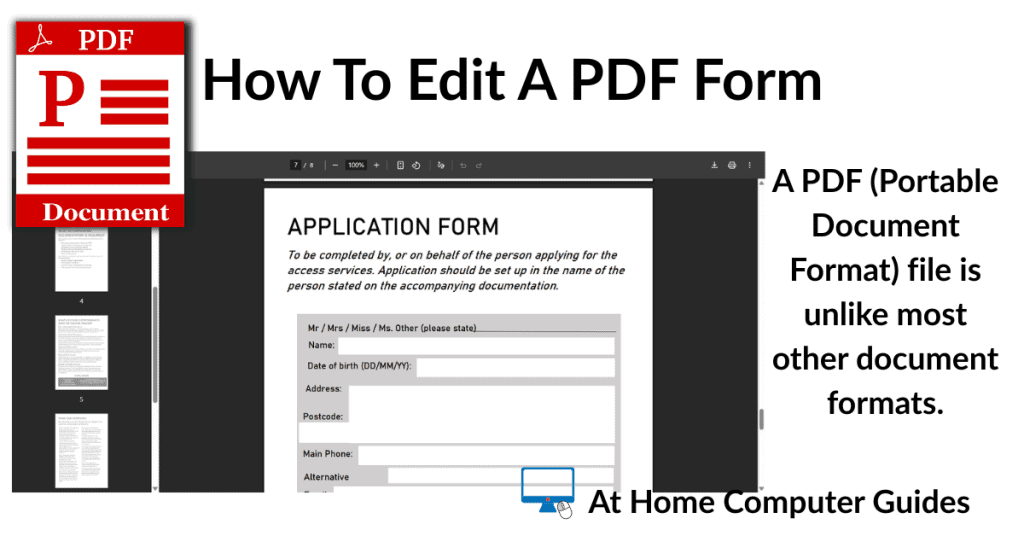Occasionally, the File Explorer icon (the yellow folder) will go missing from your taskbar. It’ll just disappear. Sometimes that’s down to something you’ve done, and other times, I’m sure it’s down to Windows.
Either way, we need to add File Explorer to the taskbar. It’s such a useful link and it needs to be on the taskbar for quick, easy access to your files and folders.
As well as how to add File Explorer to the taskbar, I’ll also show you how to add it to the Start menu and create a shortcut.
File Explorer Is Missing From The Taskbar
When File Explorer has gone missing from your taskbar, it’s easy to add it back. What’s happened is that somehow, it’s been unpinned. So all you need to do is to pin file explorer to the taskbar.
To replace File Explorer on to the taskbar in both Windows 10 & 11, left-click the START button and then type “file explorer“
You’ll see File Explorer (System) appear at the top of the search result list.
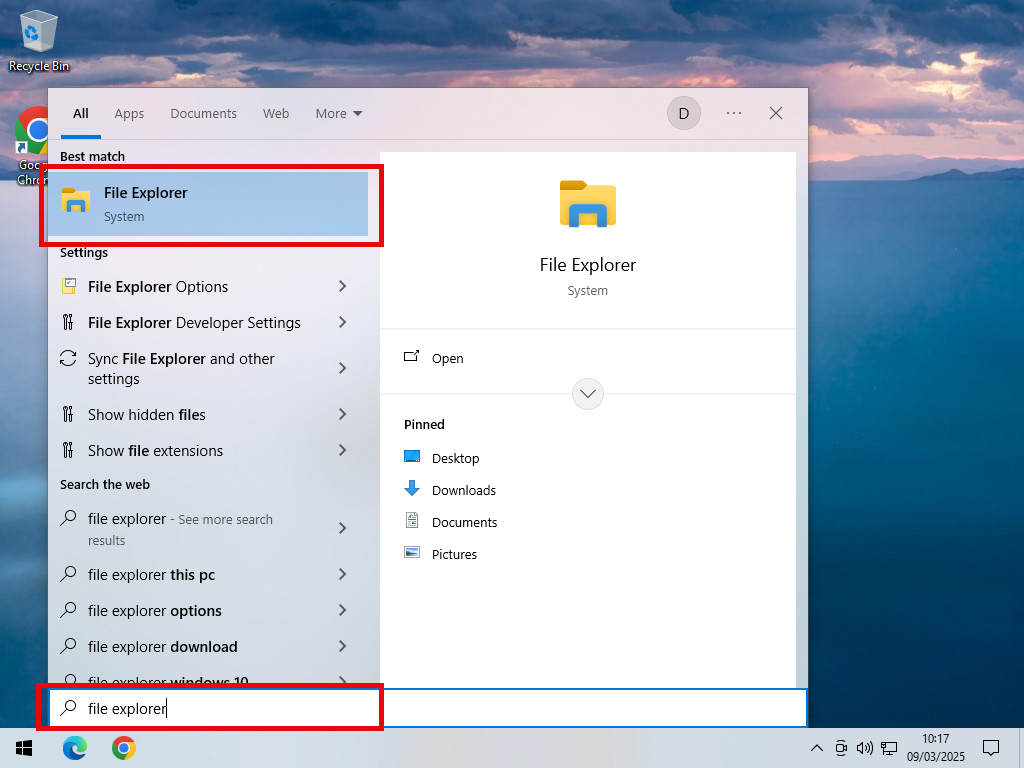
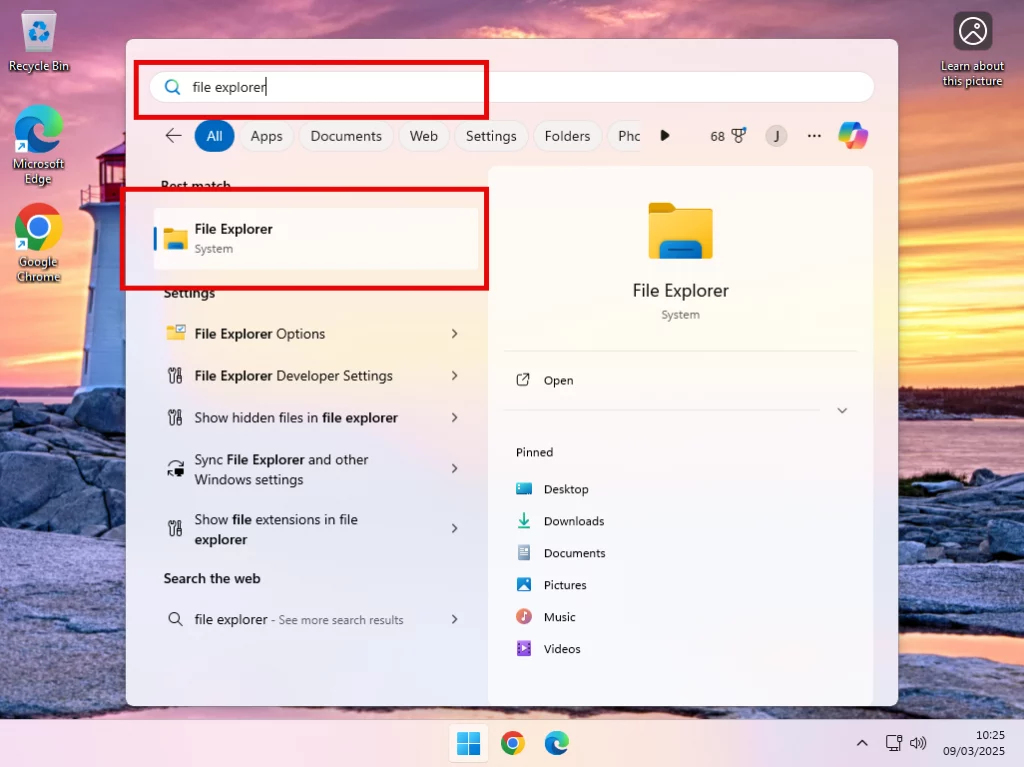
Add File Explorer To Taskbar
To add the File Explorer to the taskbar, right click on it. On the menu that opens, left click Pin To Taskbar.
The missing File Explorer icon will re-appear on your taskbar.
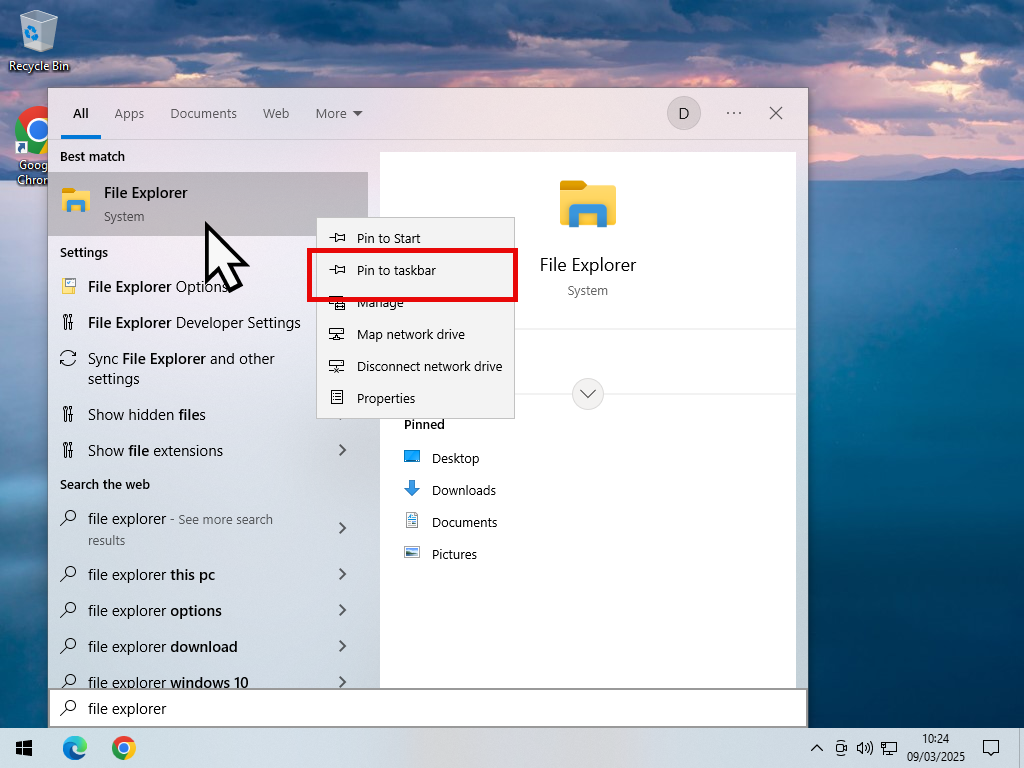
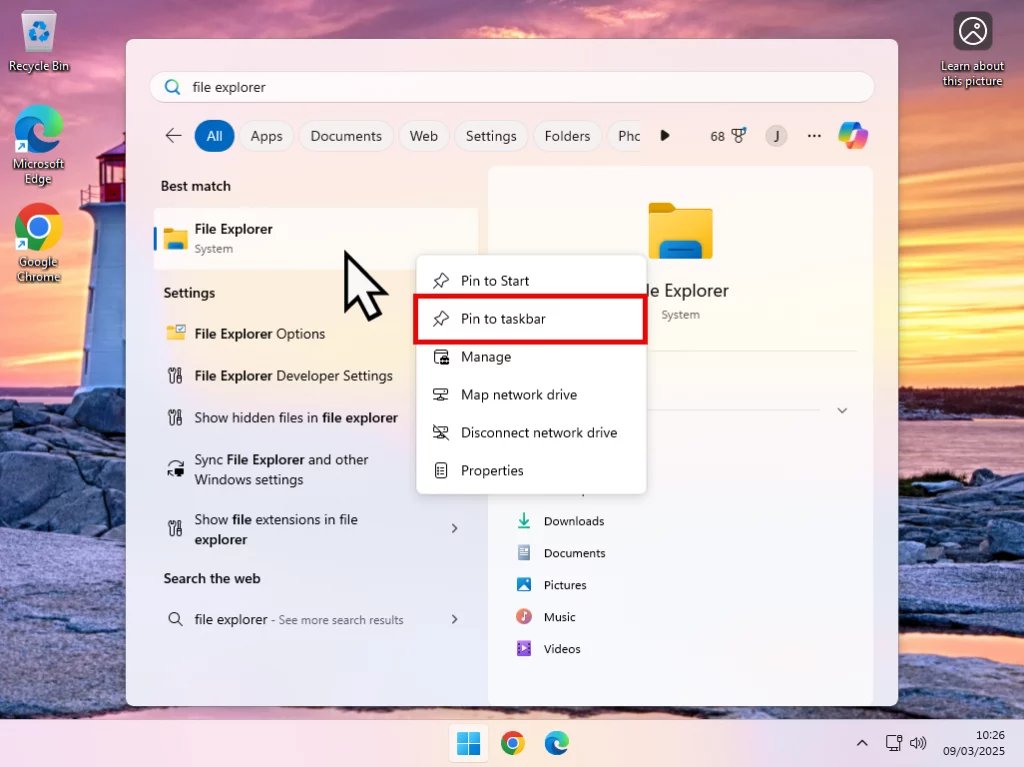
How To Reposition File Explorer Icon On The Taskbar
When the File Explorer icon is added to your taskbar, it’ll appear right at the end. You can move it to any position along the taskbar that suits you by dragging and dropping it.
To move the File Explorer icon along your taskbar in both Windows 10 and Windows 11, put your pointer directly onto it.
Hold down the left mouse button and then drag the icon along your taskbar.
When it’s in the perfect place, release the mouse button.
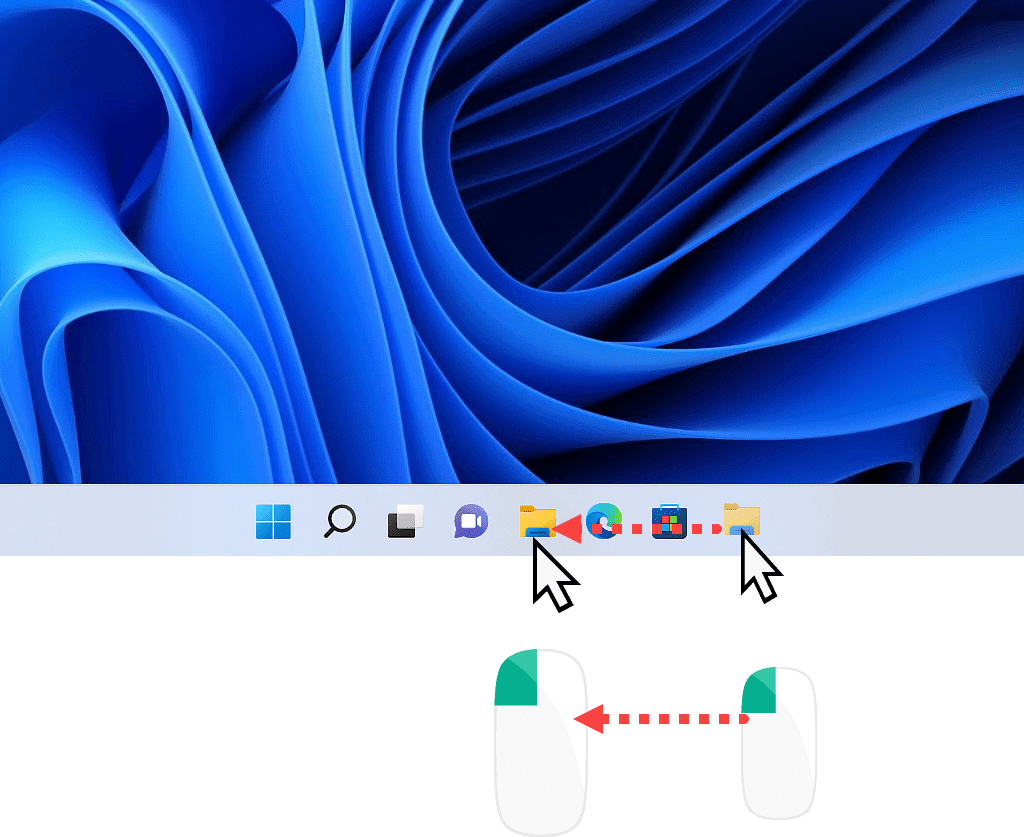
How To Pin File Explorer To Start
In Windows 10 and Windows 11, as well as having File Explorer on your taskbar, you can also pin it to the Start menu. To pin File Explorer to your Start menu, click the Start button and search for “file explorer“.
Right-click File Explorer (System) and then left-click Pin To Start.
You can move the File Explorer icon to any position on your Start menu by dragging and dropping it into place.
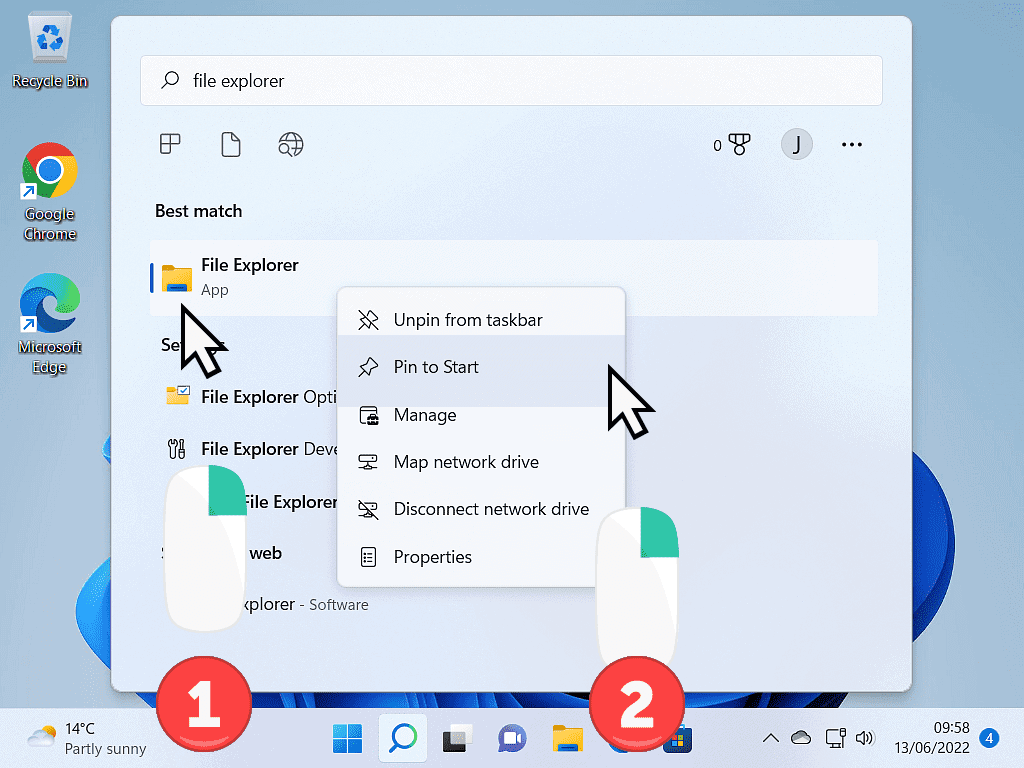
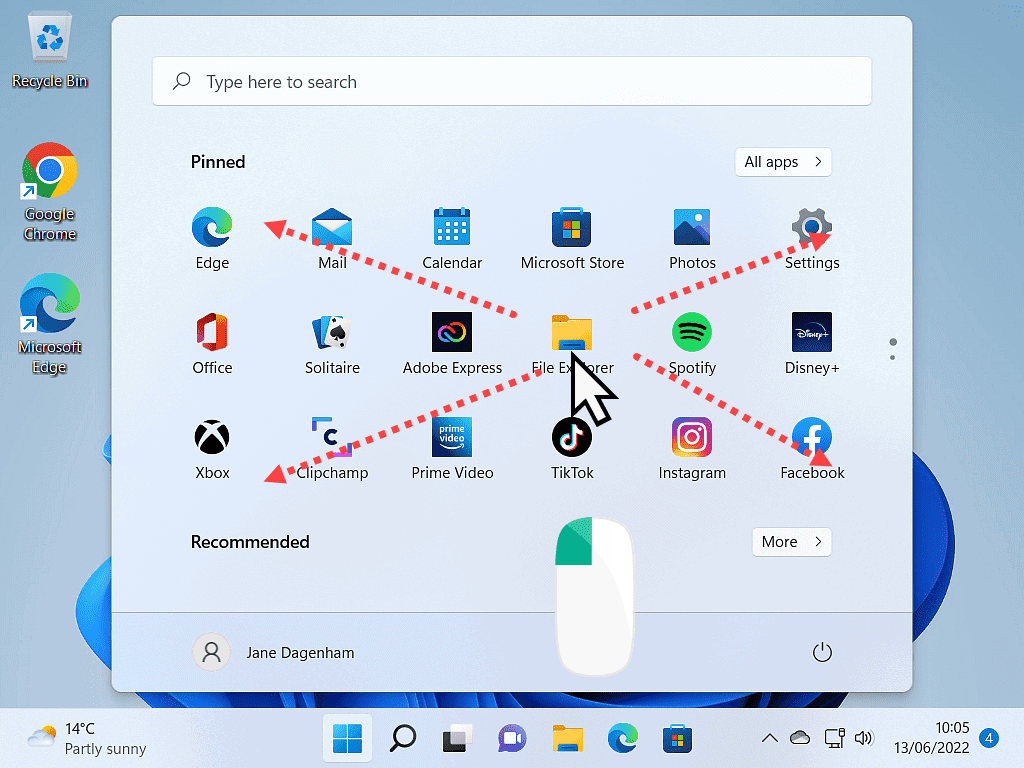
Add File Explorer On Your Desktop.
In Windows 10 and 11, you can also create a shortcut to File Explorer on your Desktop. Similar to how the My Computer shortcut used to be in older versions of Windows.
To create a shortcut to File Explorer, right-click on your Desktop.
On the menu that opens, move your mouse pointer onto the word New. A second menu will open.
On the second menu, left-click Shortcut.
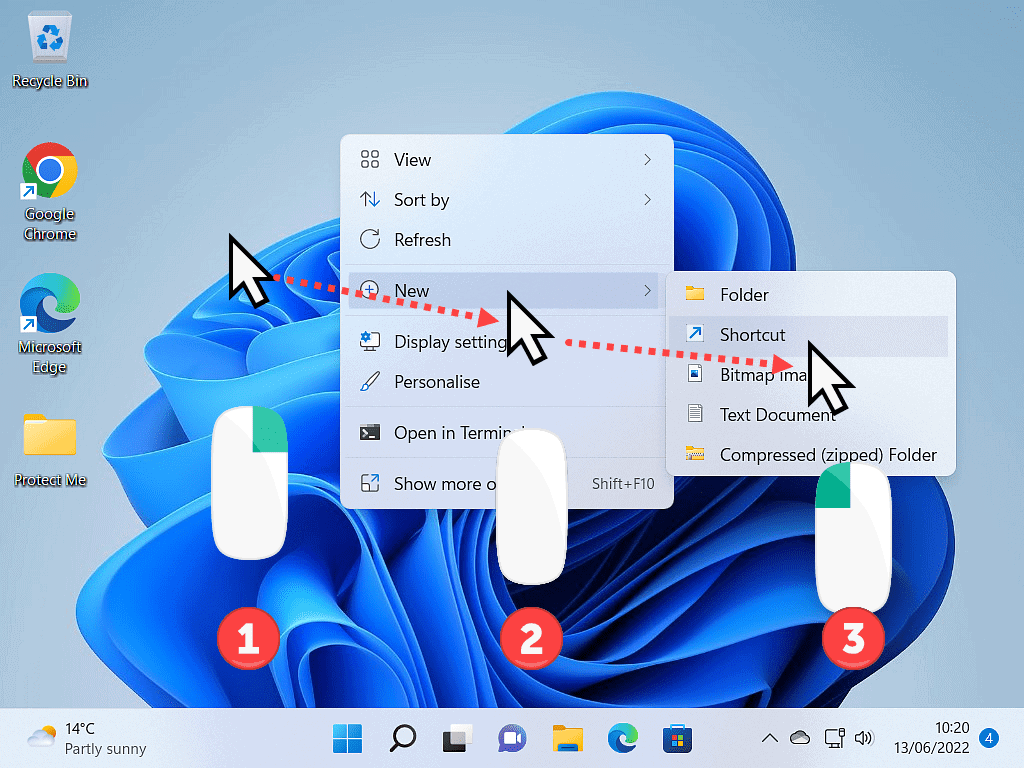
The Create Shortcut window appears.
In the box type –
C:\Windows\explorer.exe
Or just copy and paste it from here. Click the NEXT button when you’re done.
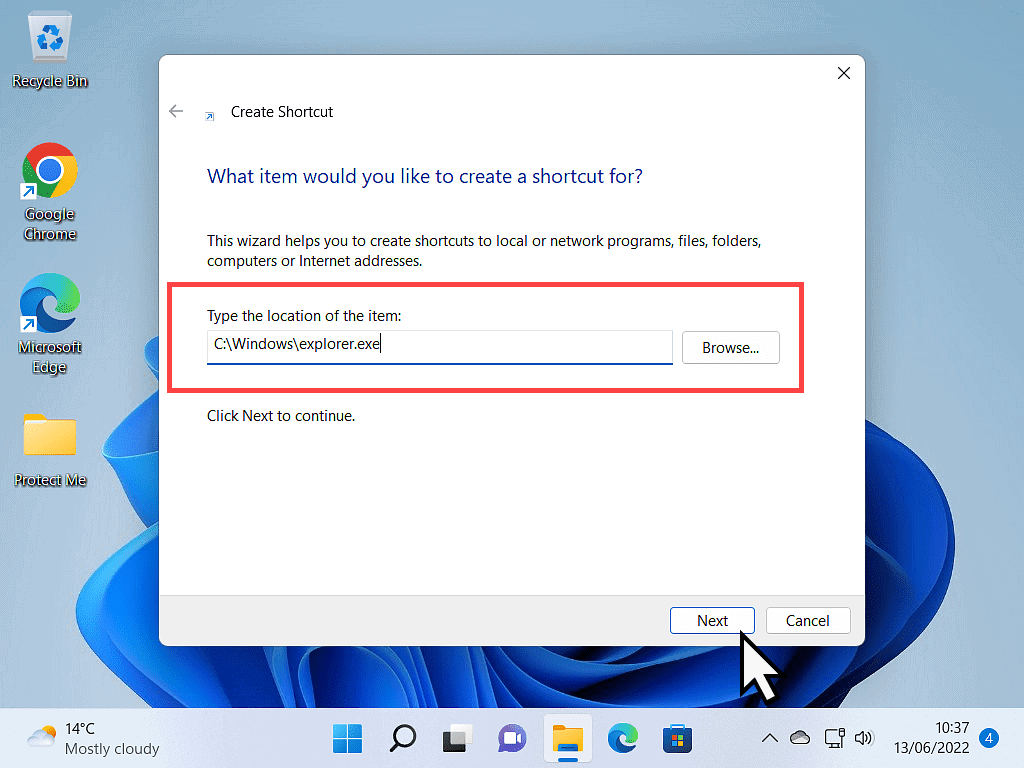
On the next screen, you’ll need to name your new shortcut.
The name is the text that appears immediately below the shortcut.
You can name it anything you like, but File Explorer seems to be a pretty good idea to me.
Or, if you prefer, you could call it My Computer.
When you’re done click the FINISH button.
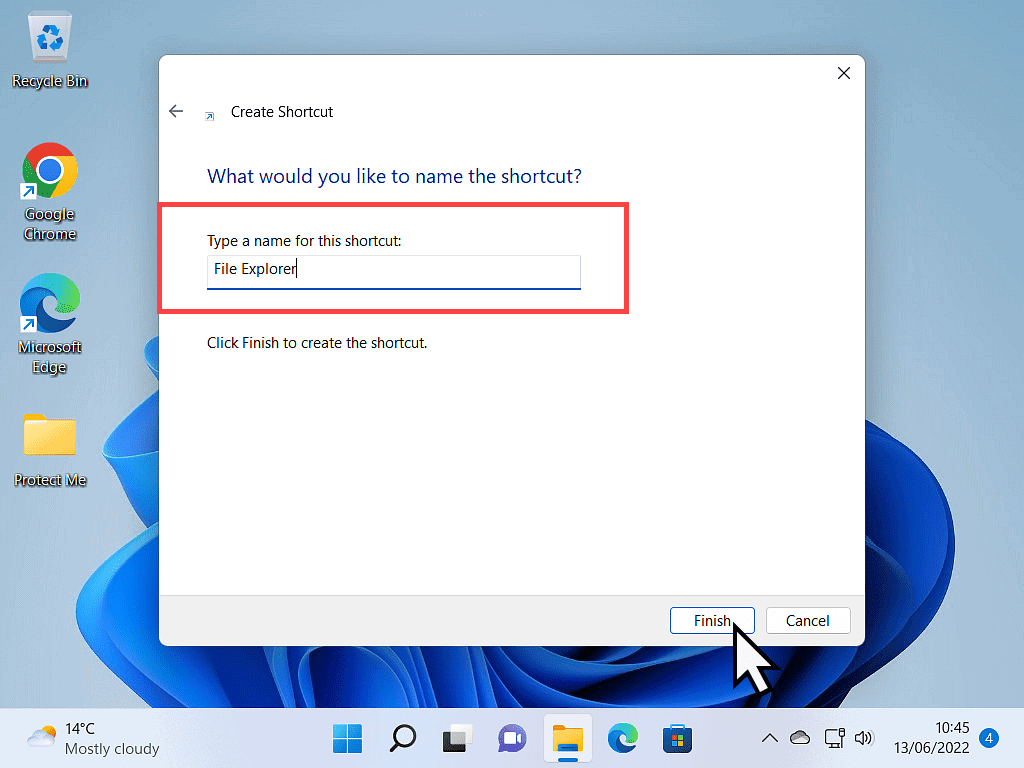
After you click the FINISH button, your new shortcut to File Explorer will appear.
Because it’s a desktop shortcut, you’ll need to double left-click it to open it.
And don’t forget that you can drag and drop it to any position on your desktop.
You can also change the icon so that it looks more like the old My Computer link How To Change File And Folder Icons In Windows.
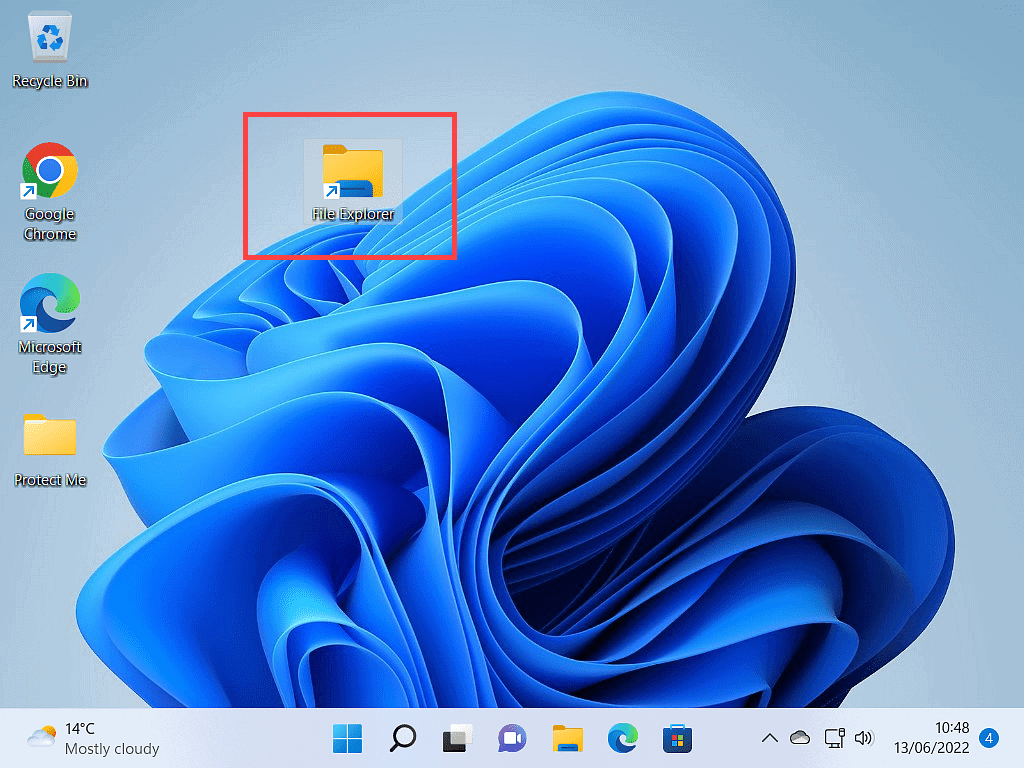
Summary
It’s not often that File Explorer goes missing from the Taskbar, but it does happen. So if it happens to you, at least you know how to get it back again.
More Step By Step Guides From At Home Computer
Fix New Hard Drive Not Showing Up In File Explorer.
So you’ve connected a new internal hard drive and it doesn’t appear in File Explorer. You can’t see it, you can’t use it. Fix it.
How To Partition A Hard Disk In Windows.
Large capacity hard drives can be divided into separate patriations.
How To Open MBOX Files.
When you download your emails from Gmail, you’ll have a MBOX file. So how can you open it?
New Home Computer Guides
Latest step by step guides on At Home Computer.

